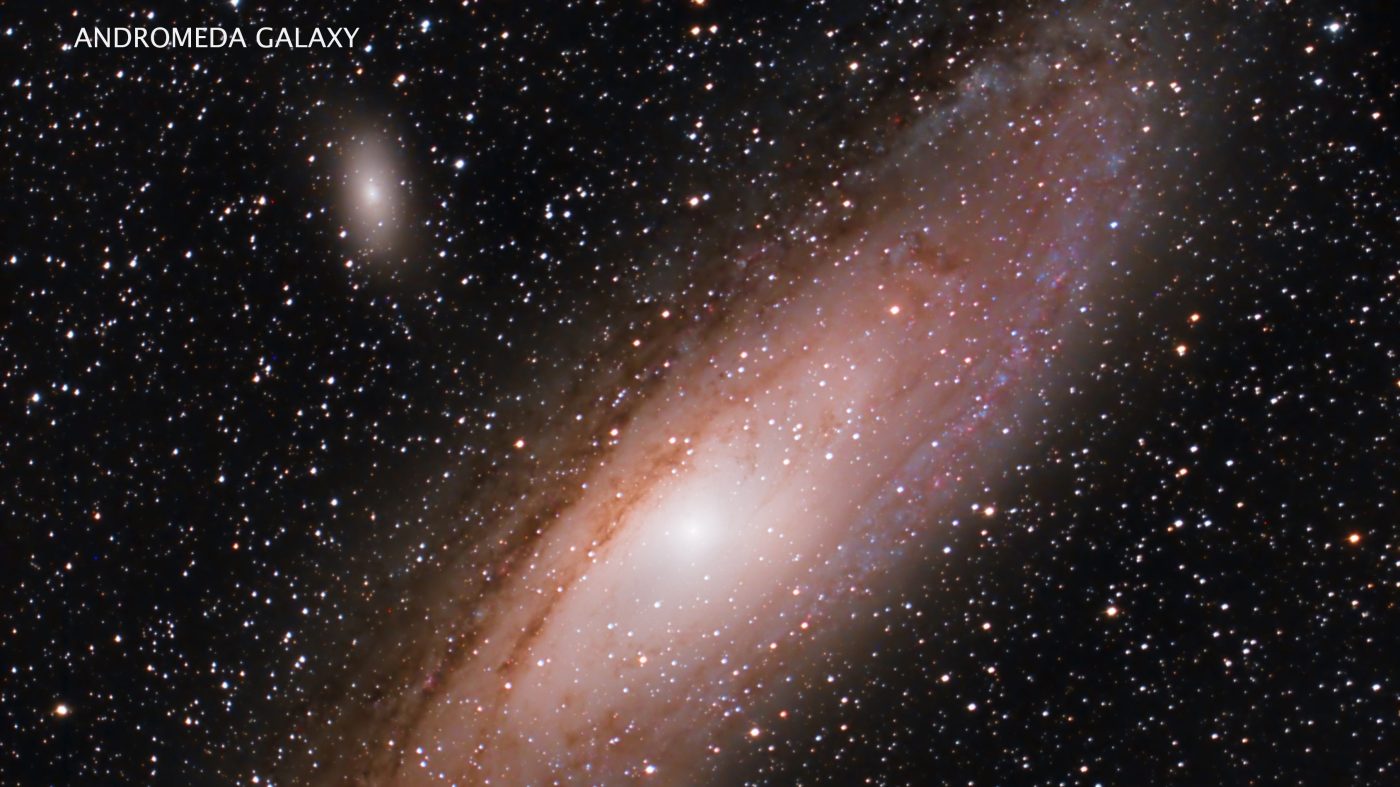
Skywatch: Happy summer solstice
I hope you’re enjoying the last weekend of spring 2024. To quote the ’70s poet and rock star Steve Miller, “Time keeps on slippin’, slippin’, slippin’ into the future.” Get ready to welcome the summer officially! This Thursday afternoon at 3:51, we’ll be marking the start of the season with the summer solstice, a momentous astronomical event.
The sun reaches its northernmost position in our celestial dome at the summer solstice. Because of this, the sun takes the longest, highest arc across our sky, providing us with a maximum of 15 hours and nearly 37 minutes of official daylight, from sunrise to sunset. On Thursday at midday the sun will achieve a maximum altitude of 68 and a half degrees above the southern horizon. At that time, as you stand in the sun, you’ll cast the shortest shadow of the year. That’ll happen around 1:14 p.m. because of Daylight Saving Time and our particular longitude in the Twin Cities. I know you don’t want to hear this, but from now until the winter solstice in late December, our daylight hours gradually decline … Sorry!
(Mike Lynch)
The summer solstice brings with it the longest days of the year, which means the shortest nights for us stargazers. This can be a challenge, especially with the longer twilight time this time of year. It’s not dark enough for decent stargazing until well after 10 p.m. An afternoon nap is needed, at least for old star-geezers like me. But once it finally gets dark, what’s left of the spring constellations are hanging in the western sky. All in all, spring constellations are not the flashiest, but there are a few decent ones. One of them is Leo the Lion, which sort of resembles the profile of a lion on his haunches but looks more like a backward question tipping over to the right. Bootes the Herdsman in the high southern sky actually looks much more like a giant kite with the very bright star Arcturus adorning the tail. Arcturus is the brightest nighttime star we see during the summer.
Meanwhile, in the early evening eastern skies, the more compelling constellations of summer are on the rise. Among them is the “Summer Triangle,” a prominent asterism formed by the three bright stars Vega, Deneb and Altair. This triangle is a key feature of the summer sky and was featured in last week’s Skywatch column. The classic summer constellations Scorpius the Scorpion and Sagittarius the Archer prowl the southern sky.
Unfortunately evening planet watching isn’t happening this summer. Venus is too close to the sun for us to see, and the rest of the planets we can see with the naked eye don’t rise until well after midnight. Rather than stay up, set your alarm for about 4 a.m. before morning twilight kicks in. Mars and Saturn will be available in the low east-southeast sky and will be the brightest star-like objects in that part of the sky. Saturn is the slightly brighter of the two, to the upper right of Mars.
Saturn is usually a real treat, even through a small telescope, but what’s disappointing about it right now is that the very thin ring system is tough to see. That’s because it’s nearly on edge from our vantage point on Earth. Unfortunately, that’s how it will be for the rest of this year and through early 2025. After that, the angle of the ring system will start increasing.
I’m afraid Mars won’t be all that impressive through a telescope either. About all you’ll see is an orange-red dot. It’s a much smaller planet than Earth, a long way away at nearly 170 million miles. Early next year, though, Mars will be much closer to Earth, just under 60 million miles, and will put on a nice show.
Mike Lynch is an amateur astronomer and retired broadcast meteorologist for WCCO Radio in Minneapolis/St. Paul. He is the author of “Stars: a Month by Month Tour of the Constellations,” published by Adventure Publications and available at bookstores and adventurepublications.net. Mike is available for private star parties. You can contact him at mikewlynch@comcast.net.
Related Articles
Skywatch: Summer is coming — it’s in the stars
Skywatch: Late night with the stars in June
Skywatch: Little crown of night sky may pop a new star this summer
Skywatch: Arcturus is the great star of summer and on the rise … for now
Skywatch: Star hopping in the spring sky

